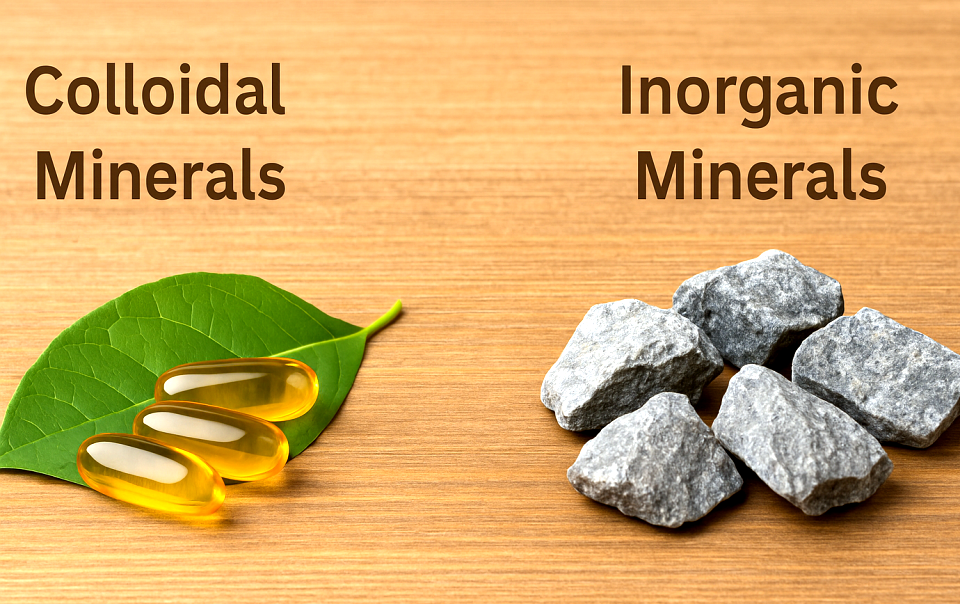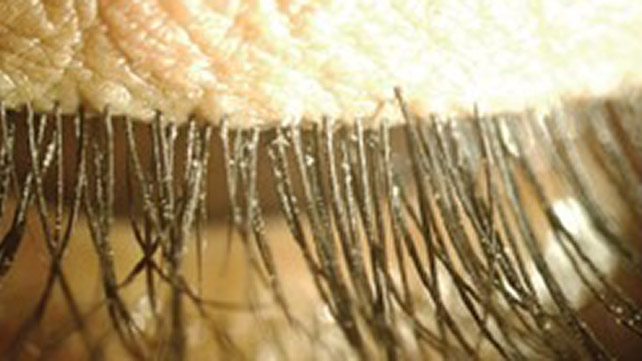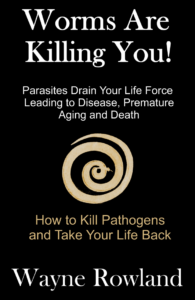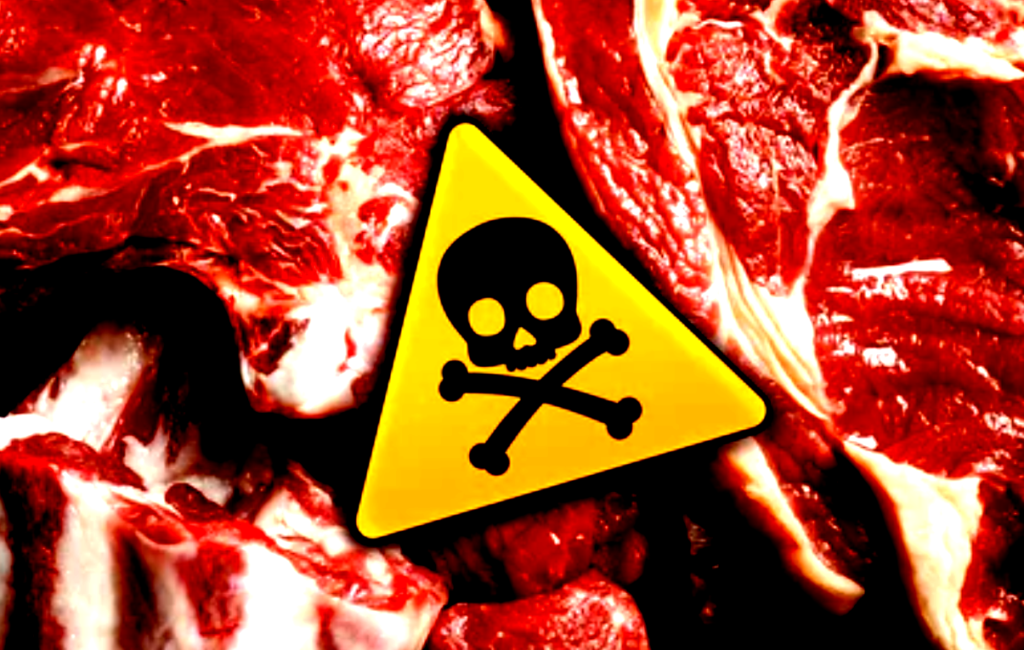Something is happening to America’s young people, something deeper than a “phase,” more serious than typical growing pains. Across the country, youth ages 10 to 24 are facing levels of emotional, physical, and social strain unlike any generation before them. The signs are everywhere: rising anxiety, burnout, obesity, isolation, chronic illness, and a sense of exhaustion that shows up long before adulthood arrives.
The data is clear, and the patterns are consistent. The real question is: How did we get here, and what can we do about it?
What’s happening? How did we arrive at this crisis? What are some real-world solutions that parents, communities, educators, and mentors can begin using today?
How We Got Here: The Perfect Storm Facing Young People
- A 24/7 Hyperconnected World
Teens today never get a real break. Social media, texting, pressure to “perform” online, and constant comparison create anxiety, sleep disruption, and a fear of falling behind socially.
- Academic Pressure & Economic Uncertainty
Students live with expectations that didn’t exist 20 years ago.
They’re told that one mistake—one grade, one missed opportunity—could ruin their future. Add rising college costs and grim headlines about the economy, and many young people feel like the world is stacked against them from the start.
- Processed Food, Sedentary Lifestyle & Chronic Stress
The modern diet is calorie-rich but nutrient-poor. Combined with hours of sitting, screen time, and lack of outdoor activity, this leads directly to obesity, early insulin resistance, inflammation, and sleep problems.
- Isolation and the Breakdown of Community
Youth today spend less time with friends than any previous generation. Many lack mentors, healthy peer groups, and accessible mental health support. Fewer community activities and less unstructured outdoor play remove essential developmental experiences.
- Post-Pandemic Fallout
COVID-19 disrupted social development, learning, and emotional stability. For some, symptoms didn’t stop after the infection cleared. Long COVID and chronic fatigue syndromes are now affecting children and young adults in ways no one predicted.
The Most Pressing Problems Facing Youth Today
Below is a distilled overview of the 12 major issues affecting youth ages 10–24.
Mental Health & Emotional Well-Being
- Anxiety Disorders (Ages 10–24)
-
- Looks like: school avoidance, panic attacks, perfectionism, withdrawal
- Nearly 1 in 3 teens reports chronic anxiety
- Depression (Ages 12–24)
-
- Looks like: irritability, sadness, fatigue, academic decline
- 1 in 5 adolescents faces major depressive episodes yearly
- Burnout & Chronic Stress (Ages 14–24)
-
- Drivers: academic pressure, social comparison, future uncertainty
- Shows up as: emotional exhaustion, sleep disruption
- Addictions: Screens, Vaping, Substances (Ages 12–20)
-
- Looks like: compulsive gaming, binge drinking, nicotine dependence
- 56% of parents list vaping/substance use as top concerns
Metabolic & Lifestyle-Linked Conditions
- Obesity (Ages 6–19)
-
- Over 22% of teens are now obese
- Leads to early joint pain, insulin resistance, and low self-esteem
- Type 2 Diabetes Emerging (Ages 10–19)
-
- Once rare—now rapidly increasing
- Fatigue, excessive thirst, high blood sugar spikes
- Disordered Eating (Ages 10–24)
-
- Skipping meals, bingeing, purging, overtracking calories
- Up to 22% of teens show harmful eating behaviors
Sleep & Physical Health
- Sleep Disorders (Ages 13–18)
-
- Fewer than 25% of teens get enough sleep
- Leads to poor academics, mood swings, chronic exhaustion
- Chronic Pain (Ages 15–24)
-
- Tech-neck, back pain, sedentary strain, sports injuries
- Early signs of lifelong musculoskeletal problems
- Asthma & Allergies (Ages 6–18)
-
- Often worse in urban or low-income homes
- Triggers: pollution, processed foods, indoor allergens
Emerging & Overlooked Issues
- Reproductive Health (Ages 13–24)
-
- PCOS, early puberty, STIs, irregular cycles
- Stigma and lack of confidential services worsen issues
- Long COVID & Post-Viral Fatigue (Ages 10–24)
-
- Symptoms: brain fog, fatigue, exercise intolerance
- Sometimes follows mild infections
What Can We Do? Real Solutions That Actually Help
This crisis didn’t appear overnight, and no single solution will fix everything. But meaningful change is absolutely possible, starting right now.
Below are 12 practical strategies, grouped into key areas of influence.
- Family-Level Solutions
✔ Create a Calm Home Environment
Even small changes matter:
-
-
-
- predictable routines
- eating together
- quiet evenings
- reducing conflict in front of kids
-
-
Consistency lowers anxiety.
✔ Talk to Your Kids Daily
Not interrogations—conversations.
Ask:
-
-
-
- “How was today different from yesterday?”
- “What’s something that made you smile?”
- “What felt heavy today?”
-
-
Connection builds emotional protection.
✔ Limit Screens Without Punishment
Replace—not remove:
-
-
-
- outdoor walks
- creative hobbies
- family “offline” time
- gaming replaced with real-world social activity
-
-
Youth comply better with substitutions than restrictions.
- School-Level Solutions
✔ Teach Life Skills—not just academics
Schools can integrate:
-
-
-
- emotional regulation
- stress management
- conflict resolution
- financial basics
- healthy relationships
-
-
These are the tools kids say they need most.
✔ Provide Mental Health Access at School
Every school should have:
-
-
-
- on-site counselors
- social workers
- trauma-informed faculty
- confidential support
-
-
Normalizing help-seeking saves lives.
- Community-Level Solutions
✔ Bring Back Mentorship
Kids thrive when they have one trusted adult besides a parent.
This can be:
-
-
-
- coaches
- tutors
- church leaders
- community elders
- neighbors
-
-
Mentorship reduces depression, dropout rates, and substance abuse.
✔ Build Youth-Friendly Community Spaces
Recreation centers, parks, clubs, volunteer groups—anything that creates positive belonging—are urgently needed.
- Health & Wellness Solutions
✔ Prioritize Sleep
Encourage:
-
-
-
- consistent bedtime
- reduced evening screens
- dark, cool bedrooms
- no late-night homework marathons
-
-
Sleep is foundational for every aspect of health.
✔ Improve Diet One Step at a Time
Instead of forcing diets:
-
-
-
- add one fruit or vegetable daily
- reduce sugary drinks gradually
- cook at home twice a week
- teach basic cooking skills
-
-
Small changes compound into big shifts.
✔ Encourage Movement, Not “Exercise”
Many teens hate gyms.
But they love:
-
-
-
- dance
- hiking
- martial arts
- biking
- organized sports
- even dog walking
-
-
Movement reduces anxiety more effectively than many medications.
- National-Level Solutions
✔ Normalize Youth Mental Health Care
Telehealth, low-cost clinics, confidential services, and national public education campaigns can reduce stigma and increase treatment.
✔ Support Families Economically
Policies that help:
-
-
-
- affordable childcare
- parental leave
- support for low-income neighborhoods
-
-
Health begins with stability.
There Is Hope, But Only If We Act Together
American youth are struggling, but they are not broken. They are responding to pressures no generation in history has had to face. What they need from us is not judgment, fear, or nostalgia for “how things used to be.”
They need:
-
-
- time
- attention
- structure
- mentors
- inspiration
- and hope
-
If families, schools, communities, and policymakers work together, even imperfectly, young people can recover their confidence, health, joy, and sense of purpose.
They are not beyond saving. They are calling out for support. And we can answer that call.








